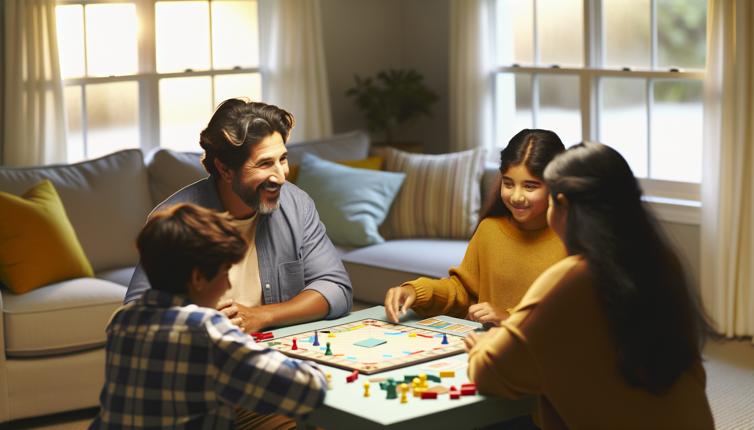Importance of Teaching Kids About Decision-Making
Teaching kids about decision-making is an essential skill for their personal and academic development. When children are able to make informed choices, they become more independent and confident in their abilities. Additionally, decision-making skills are crucial for problem-solving and critical thinking, which are necessary for success in school and life.,By involving the whole family in the process, children can learn from the experiences and perspectives of their parents and siblings. It also creates a sense of unity and teamwork, teaching them the value of collaboration and compromise.,In this article, we will explore different strategies and techniques to teach kids about decision-making, as well as provide some practical tips for implementing these lessons at home.
Start Early and Gradually Increase Complexity
Children as young as preschool age can begin learning about decision-making. Start with simple choices, such as what to wear or what snack to have, and gradually increase the complexity of the decisions as they grow older.,As they get older, involve them in decision-making processes that affect the whole family, such as planning vacations or choosing weekend activities. This will help them understand the importance of considering others' opinions and finding solutions that benefit everyone.,Encourage open discussions and provide guidance without imposing your own decisions. Allow them to express their thoughts and feelings about the choices they have to make, and help them weigh the pros and cons.
Teach Problem-Solving and Critical Thinking
Decision-making involves problem-solving and critical thinking skills. Teach your kids how to identify problems, gather information, brainstorm solutions, and evaluate the best course of action.,Encourage them to consider multiple perspectives and think about the potential consequences of their choices. Help them develop their analytical skills by asking open-ended questions and challenging their assumptions.,Provide opportunities for them to practice decision-making in real-life scenarios. For example, give them a budget and let them plan a family outing, allowing them to make choices regarding transportation, activities, and meals.
Conclusion
Teaching kids about decision-making is an ongoing process that requires patience, guidance, and practice. By involving the whole family, children can learn valuable skills that will benefit them throughout their lives. Remember to provide age-appropriate choices, encourage problem-solving and critical thinking, and create a supportive environment for exploration and learning. With these strategies, you can help your kids become confident decision-makers who are able to navigate the complexities of life.









